Boats & Bell
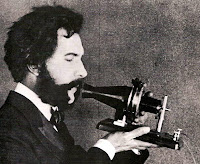 |
| Alexander Bell |
Lots of our friends and family have been asking us 'how' we plan on staying connected as we are exploring remote areas on our boat.
There are four categories of communications we will have on our boat: Radio, Cellular, WiFi, and Satellite.
Radio
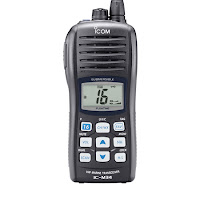 First, let me start by discussing the basics of our boat's communication systems -- Radio. We have two primary types of radios on our boat - VHF and SSB.
First, let me start by discussing the basics of our boat's communication systems -- Radio. We have two primary types of radios on our boat - VHF and SSB.VHF (30 to 300 Hz) is primarily used for line of sight communication between boats, shore, bridges, etc and has a variable range based on terrain, weather conditions and gain. Our boat is equipped with a built-in VHF radio that we can operate from the helm or nav station inside the boat. The effective range is about 8 miles. We will also have two handheld 9db VHF radios, that we will use to keep in touch when on the shore and as backup. Think similar to walkie talkies.
SSB (300 to 3,400 Hz) is a different animal than VHF. While similar to VHF - using radio waves at set frequencies to communicate, SSB allows operators to talk around the world using a broad range of frequencies.
First, it requires a license to operate. Second, unless you have an automatic tuner, it can be very finicky. It is also very subjective to solar flares, time of day, etc to bounce the radio waves around the world and 'hit' if you will the receiver thousands of miles away.
SSB allows boaters to stay in touch when VHF won't cut it. You can also add a Pactor Modem to the SSB radio...and send emails and get weather reports using your PC. It is very slow...but still allows communication without a Cell or Satellite connection. It is also free.
Cellular
Cellular (3G) hotspots are now fairly common. They provide fairly quick internet access (I am using one now as I type this on my plane) for a reasonable price. For our boat, we have installed a special cellular booster that will amplify land based signals on our boat for our cell phones and 3G hotspots.
WiFi
Given we will be close to land 'most' of the time, utilizing WiFi will be an important and economical method to communicate. We have installed a WiFi booster and antenna that has a range of over 3 miles. In theory, we will be able to snag a WiFi connection 3 miles away from our boat!
Satellite
In addition to VHF and SSB, we will have two other methods to communicate to our friends and family – satellite. With the significant advances of technology, it is now easier than ever to have persistent voice and data service from anywhere in the world. While relatively expensive, keeping in touch with family and weather reports is critical. Doing this in a relatively high speed manner is also important. We don’t want family to have to purchase their own SSB setup to talk to us via radio.
We are going to have the new TracPhone V3 dome & Iridium 9555 handheld satellite phone on our boat. Both provide voice communications, and use different satellites for the service. This provides us with a backup plan, one being portable, in case there is a failure.
The V3 also provides up to 2Mbs of download speed for internet. While not cheap compared to land service, it is 1/10 the cost of the older broadband solutions. It is $1/MB of data vs. $11/MB.

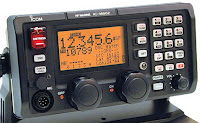
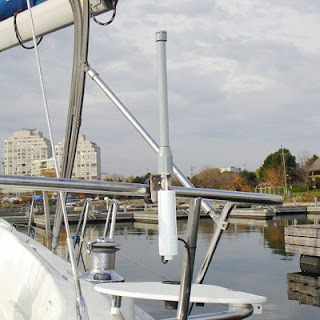
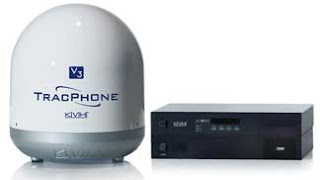




Very well connected! The V3 is very new, sure like to know how well it works. Keep us updated.
ReplyDeletetks203